Peter Pan Scotch Oats produced by the now-defunct Angus Milling Company was the breakfast food of choice for generations.
JM Barrie, best remembered as the creator of the “boy who wouldn’t grow up”, endorsed the product which was made in his Kirriemuir birthplace during his lifetime.
The firm started life in 1853.
J.A. Whamond & Sons Ltd acquired the business and registered the Peter Pan logo that appeared on all their oats packets which were milled in Kirriemuir from 1928.
Peter Pan Scotch Oats were marketed as healthy fare.
Adverts like these were key to its rise.
They were marketed with a play on words as “not for small boys and girls who don’t want to grow up” but for “everyone who does want to grow strong and sturdy”.
Here was a cereal that would fuel the brain and satisfy hunger and was bang for the buck with a 2lb packet containing enough for 40 meals.
The food of a progressive and victorious people!
During the post-World War Two baby boom, pre-sweetened cereals, targeted at kids, became popular with a little help from the new platform of television.
Peter Pan was now competing with Tony the Tiger, Jeremy Bear and the Coco Pops Monkey but continued being a part of our everyday life for decades.
The end, when it came, was without ceremony.
In 1976 Angus Milling Company was taken over by Hamlyns of Scotland and Peter Pan Scotch Oats became pixie dust when the brand was discontinued.
Life and times of a breakfast favourite
Peter Pan Oats were once one of Scotland’s most famous brands from the golden age of breakfast and deserve to be remembered at least one more time.
Kirriemuir historian David Orr broke it down further.
He said: “Many Kirriemarians recall going to the mill to buy their porridge oats.
“They don’t come fresher than that!”
David has been sharing his collection of photographs and items of memorabilia that trace the history of oat milling in Kirriemuir, which eventually ceased in 1991.
“McNicol’s Meikle Mill was established in 1853 and made oatmeal,” he said.
“The Angus Mill had been a Relief Church until 1893 when William Duke initiated its conversion, but it still retained its church-type gothic windows.
“Mr Duke died in 1901 and Henry Young, wood merchant and contractor at the Cairn, acquired the Meikle Mill and Angus Mill in 1902.
“When Henry Young died in 1909 the Meikle Mill and the Angus Mill were sold to J.A. Whamond & Sons in 1909, whose founder had the lease of the Temperance Hotel.
“In 1928 J.A. Whamond & Sons used the logo of Peter Pan Scotch Oats and the Peter Pan statue was used in their advertising: ‘The children love Peter Pan Porridge’.
“The logo of Peter Pan Scotch Oats and the Peter Pan statue, which was used as a trade mark, was registered under the Trade Marks Ordinance of 1930 by the Angus Milling Company in respect of – oats prepared for human use, oatmeal and pearl barley.
“The Justinhaugh mill was converted back to a grain mill in 1934 by J.A. Whamond & Sons, which also owned Angus Mills, Meikle Mill and Lilybank Mill in Kirriemuir.”
J.A. Whamond & Sons changed its name to the Angus Milling Company in 1936 before the business was acquired by Hamlyns of Aberdeen in 1946.
The company was owned by Sir Denys Lowson, who later became Lord Mayor of London and was one of the richest and most controversial financiers in Britain.
The Angus Milling Company’s network of local wholesalers was given an electric Peter Pan Oats monkey automaton as a shop window advertising device.
It was manufactured in Elie, Fife, by Fife Engineering Ltd, in 1947.
Only about 10 of them are known to have been made and only four or five survived.
Due to the electrical parts shortage following the war, the motors used to drive the automatons were invariably “reverse wired” army surplus dynamos.
There were two versions of these items made, one with a single monkey and one with a much more rare double monkey automaton.
The monkeys are sporting tartan bunnets and yellow metal spectacles and are seated at the breakfast table in their dressing gowns, slippers and striped pyjamas.
They have moving heads, eyes and jaws.
David said: “I recalled seeing a monkey advertising automaton for Peter Pan Scotch Oats, with articulated eyes and mouth, seated at a table, the electric motor causing him to lift a spoon, tilt his head back, open his mouth, blink, then raise the flag in his left hand, bang his fist on the table and wink, in his pyjamas in the offices of the Angus Milling Company here in Kirriemuir.”
In 1965 two skilled millers from another local mill joined Hamlyns, bringing not just their skills as millers, but a strong customer base.
The company decided to seize the opportunity to launch their first consumer brand.
The first Hamlyns Oatmeal was produced at the Fraserburgh Watermill, a watermill in name only, which until then had been used primarily for drying grain.
Peter Pan statue was unveiled in 1968
Hamlyns Oatmeal was launched in September 1965 and was an instant success in wholesalers and grocers throughout the north-east of Scotland.
By way of thanks for the use of the name on its product, Hamlyns decided to put up a statute of Peter Pan, which was erected in Glengate in 1968.
David said: “As a result of damage to the original statue there was demand for a replacement and Alastair Smart, who created the original statue, was commissioned and the statue was unveiled on August 27 1983.
“The replacement statue was erected in the town centre in March 1994.
“A major change took place in 1976 when the Angus Milling Company was taken over by the British Agricultural Services, a division of the Hanson Trust.
“They also took over Hamlyns and added them to their portfolio as part of building their agricultural interests, having acquired milling interests in Kirriemuir, Inverurie and Aberdeen.
“The Kirriemuir Mill produced oatmeal under the Peter Pan brand; however, the Hanson Trust recognised the value of the Hamlyns brand, and soon rebranded all of their oatmeal under the Hamlyn Milling label.
“Yet more changes came in 1986 when J Bibby & Sons took over Hamlyn Milling and they were then taken over by Associated British Foods.
“In 1987 Hanson sold the company to J Bibby Agriculture Ltd.
“Then, in 1991, Bibby’s closed its mills and sold the Hamlyns brand to North Eastern Farmers, which ended 237 years of oat milling in Kirriemuir.”
The mills were sold and demolished to make way for housing developments.
The Hamlyns brand was purchased by Morning Foods Ltd in 1997, a family food business with 14 generations of oat milling history.
In 2015 the Hamlyns brand celebrated its 50th birthday.
They undertook a rebranding across the range of Hamlyns Scottish Porridge Oats and Oatmeal, bringing the design in line with all pots and sachets.
Peter Pan Scotch Oats are consigned to the history books.
Over the decades that followed their demise in 1976 we’ve seen some weird, wonderful and wacky creations in the breakfast aisle.
But the nostalgia still runs deep for this old Kirriemuir favourite.
More like this:
Holiday horror: The Kirriemuir rail tragedy which left 10 dead and 14 injured
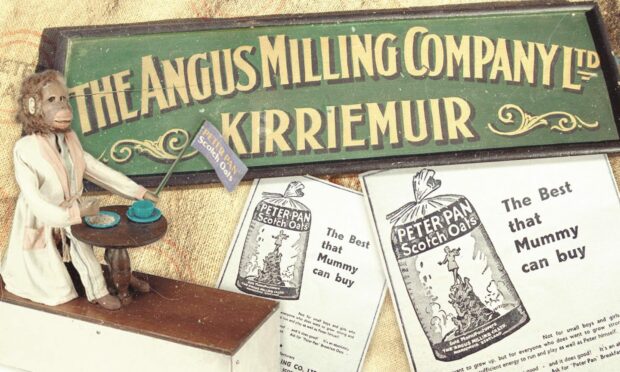
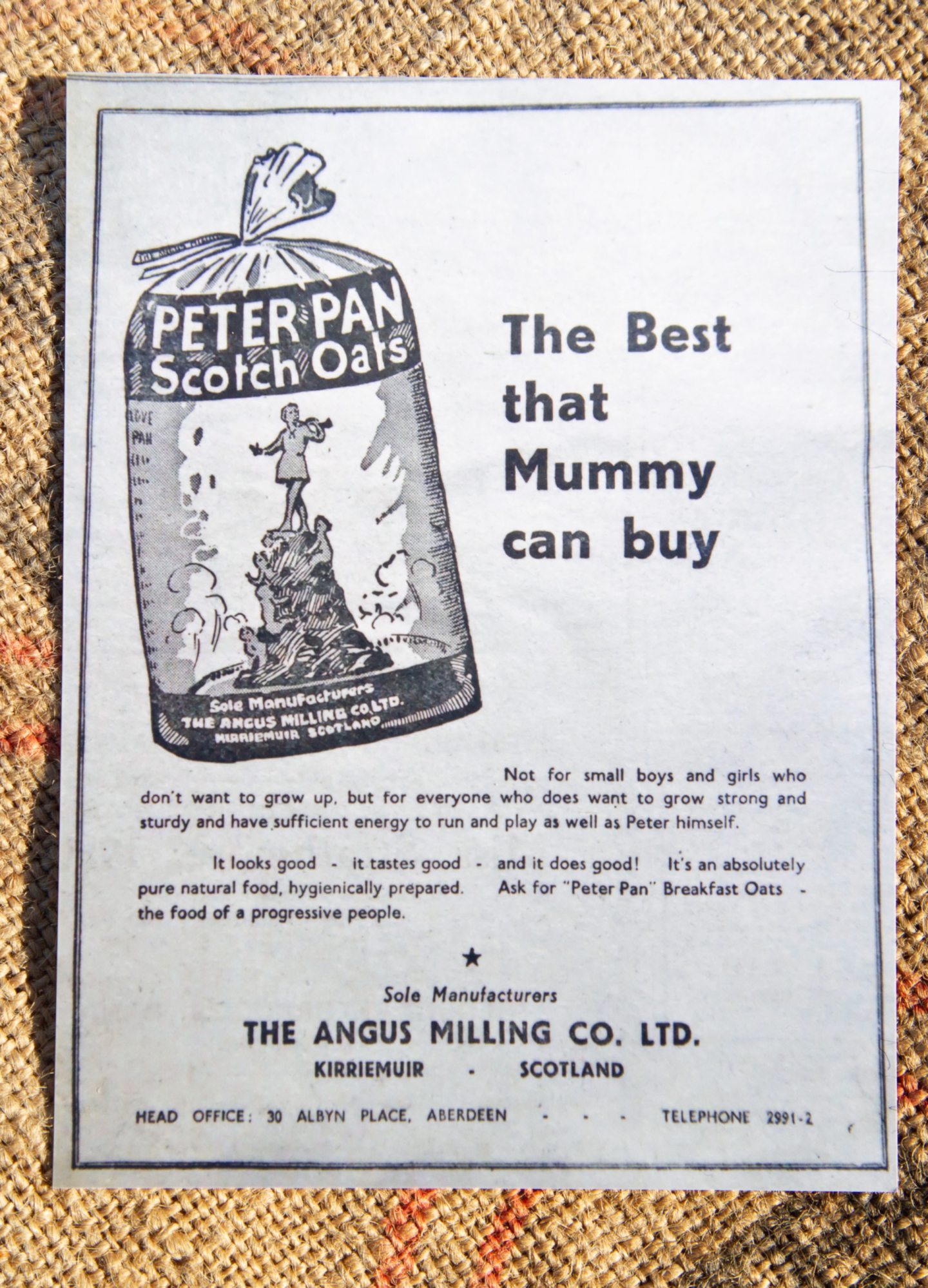
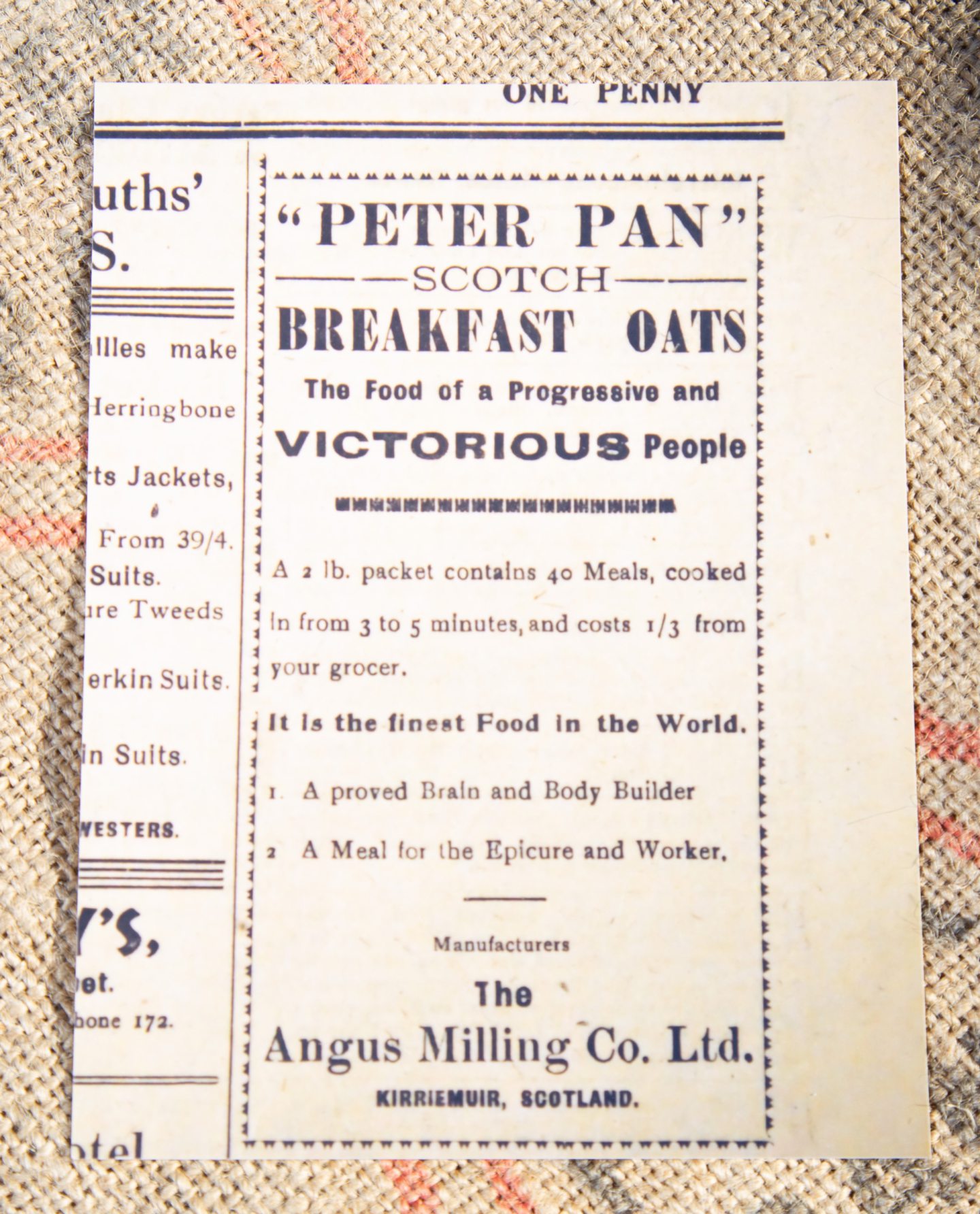
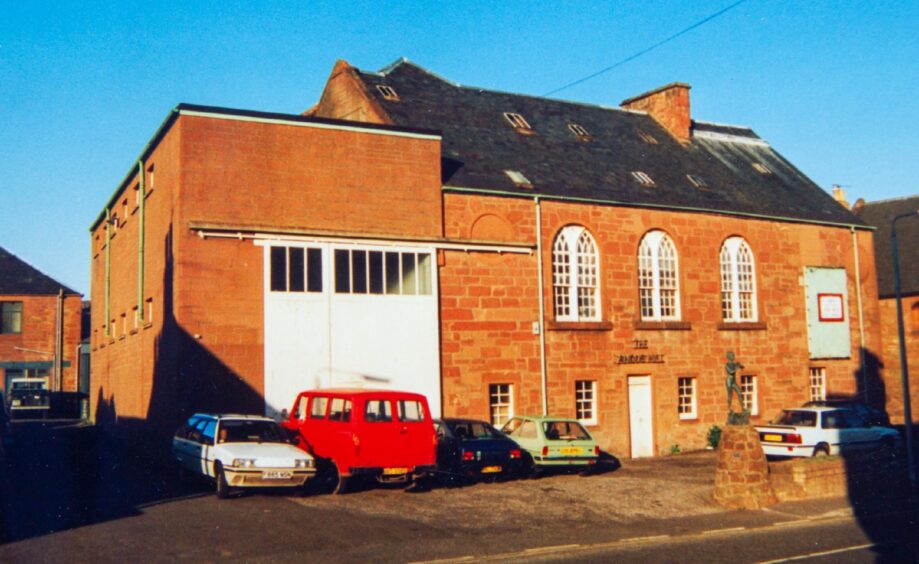
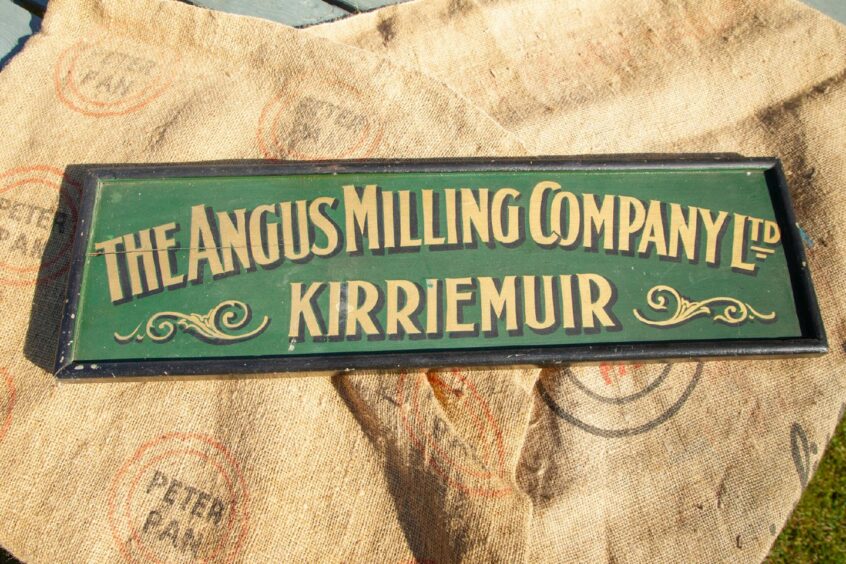
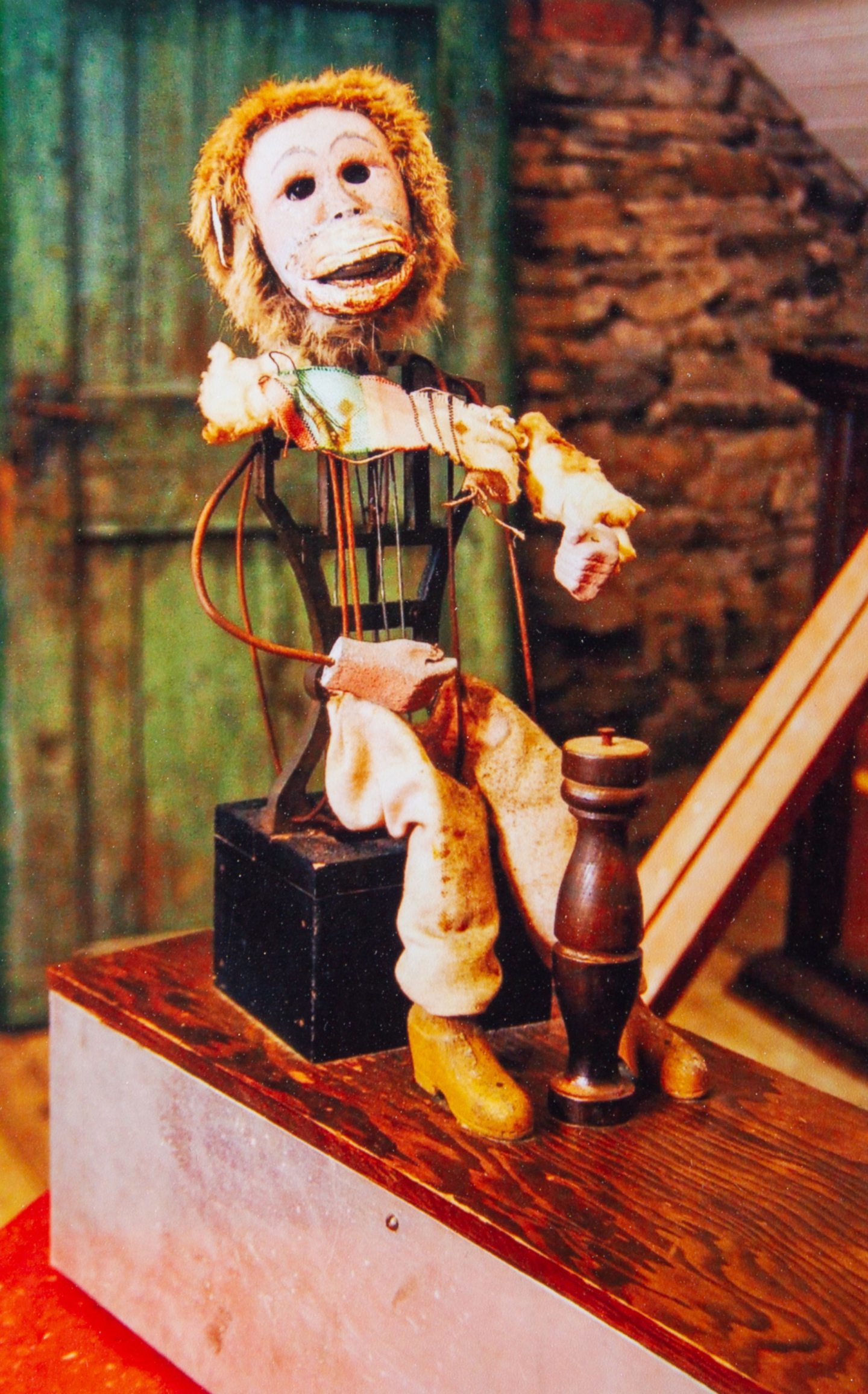
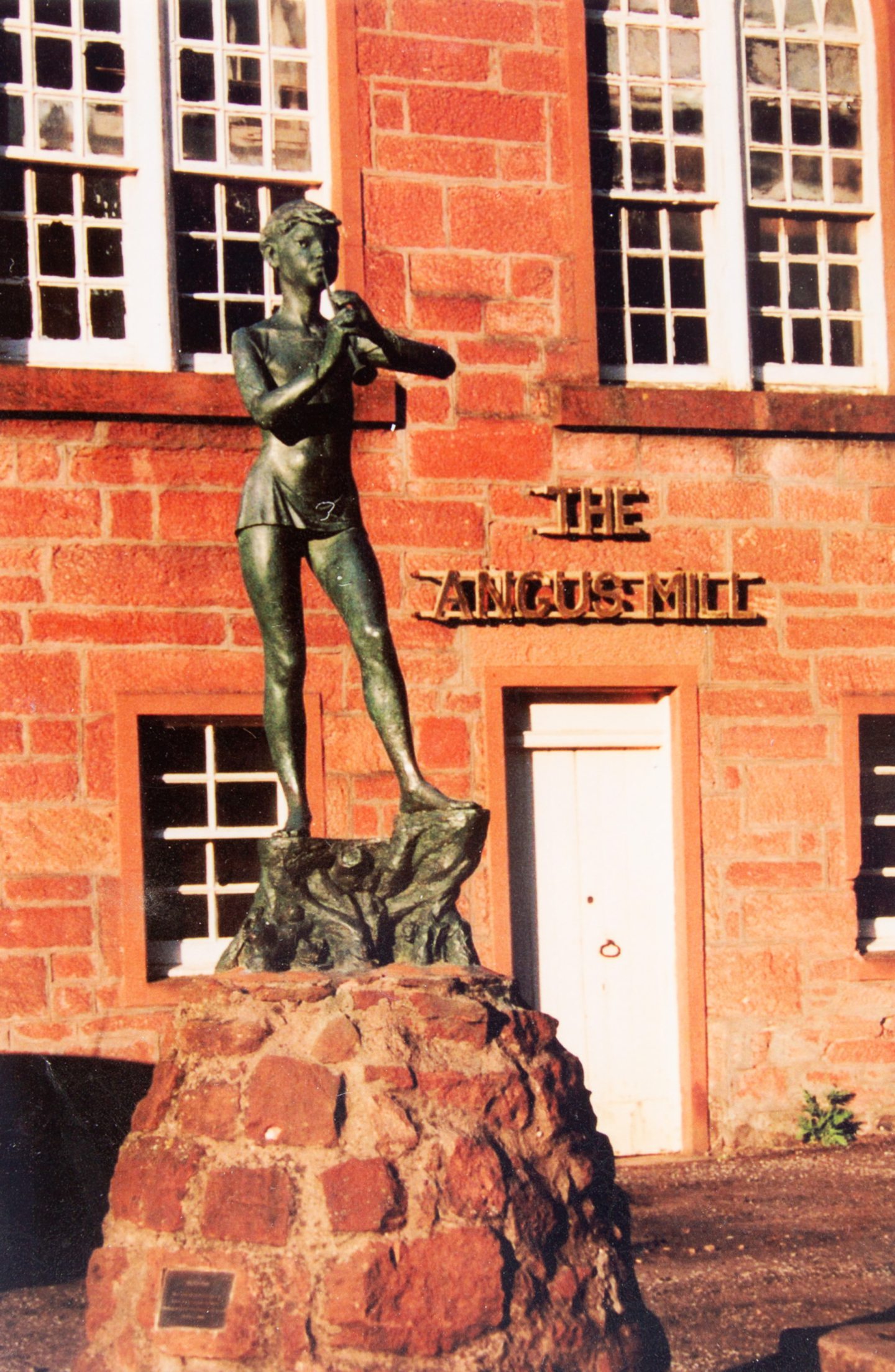
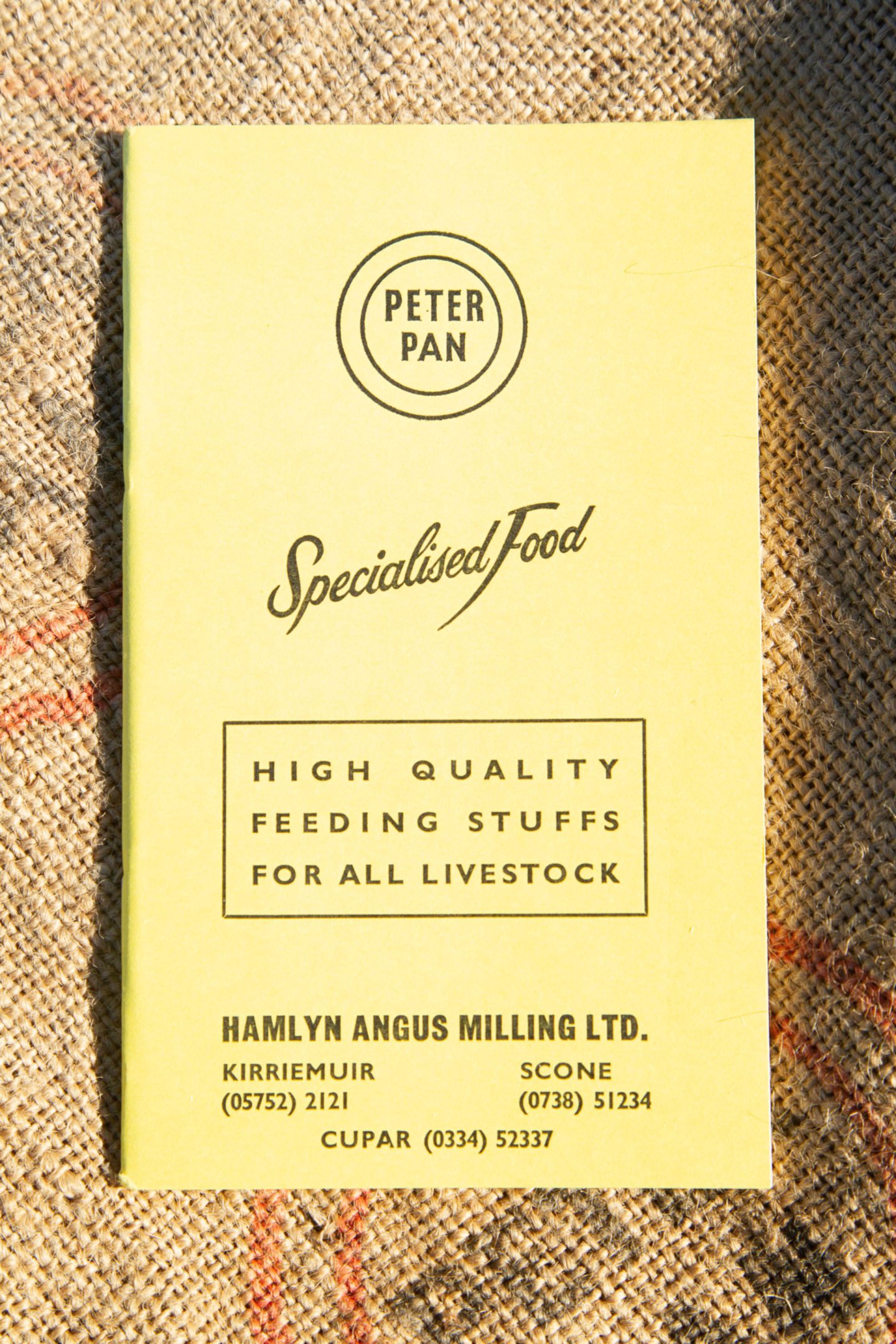
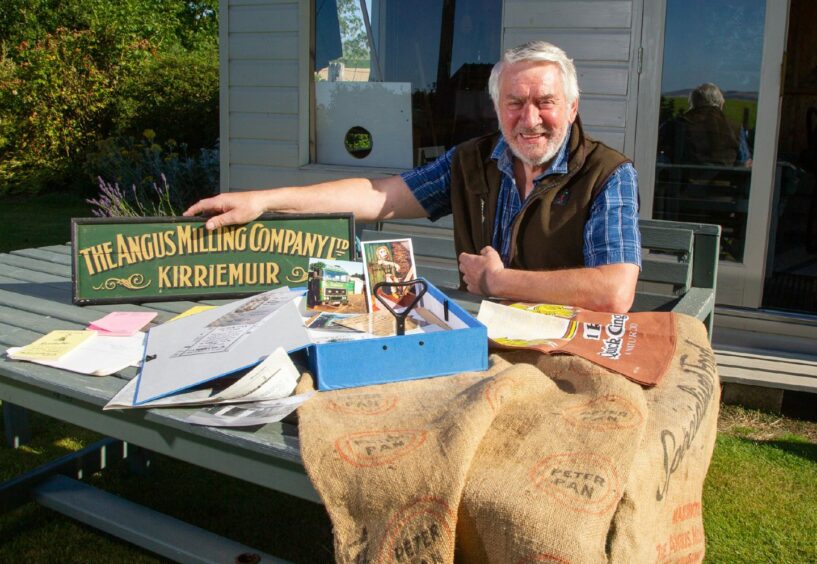










Conversation